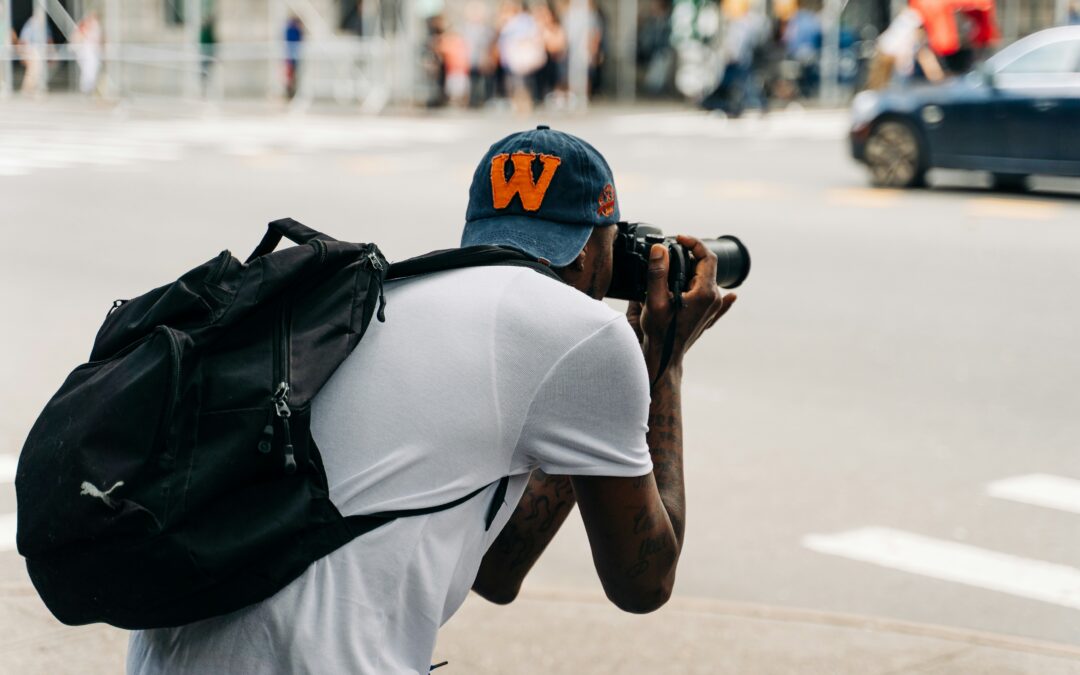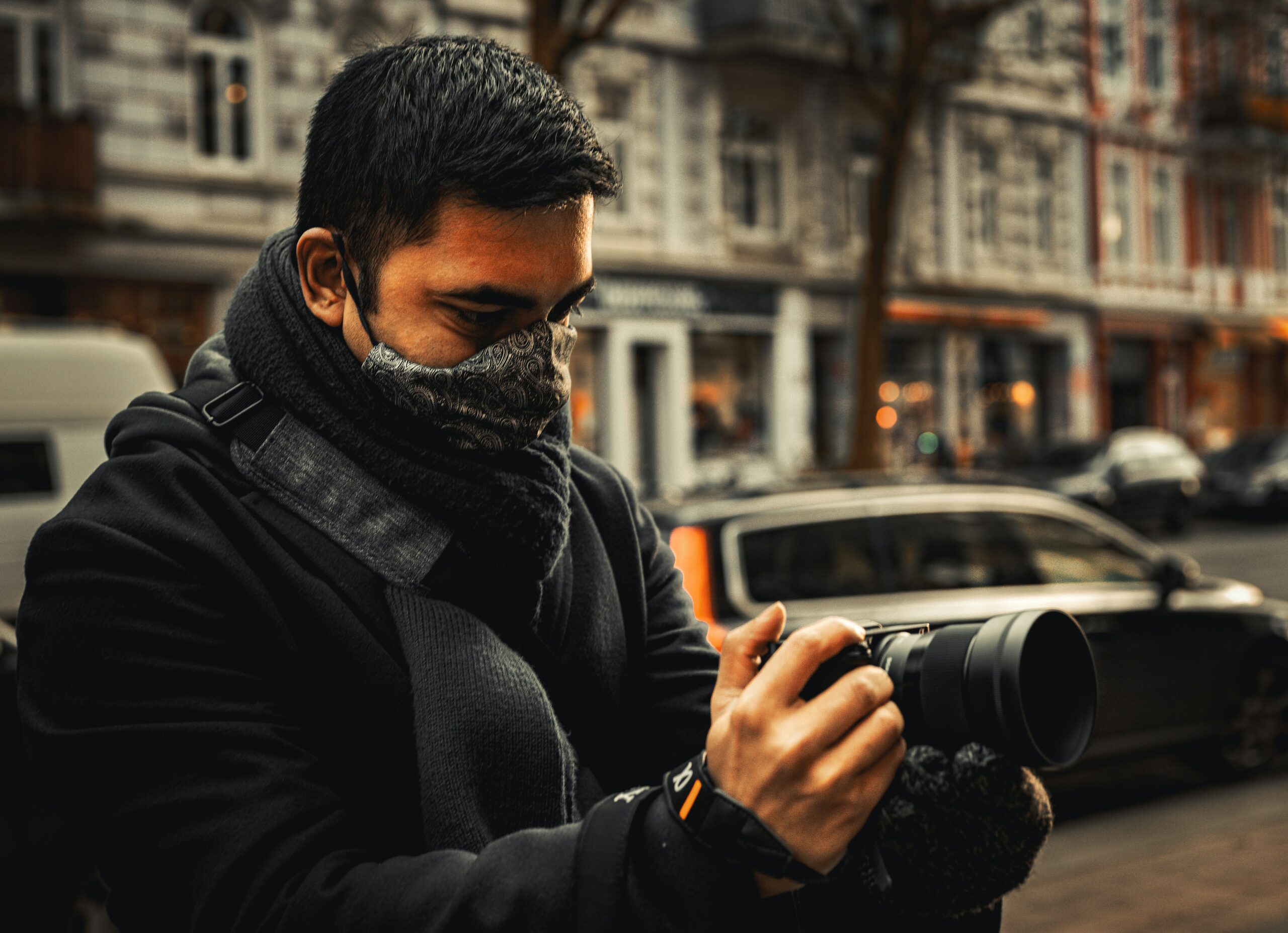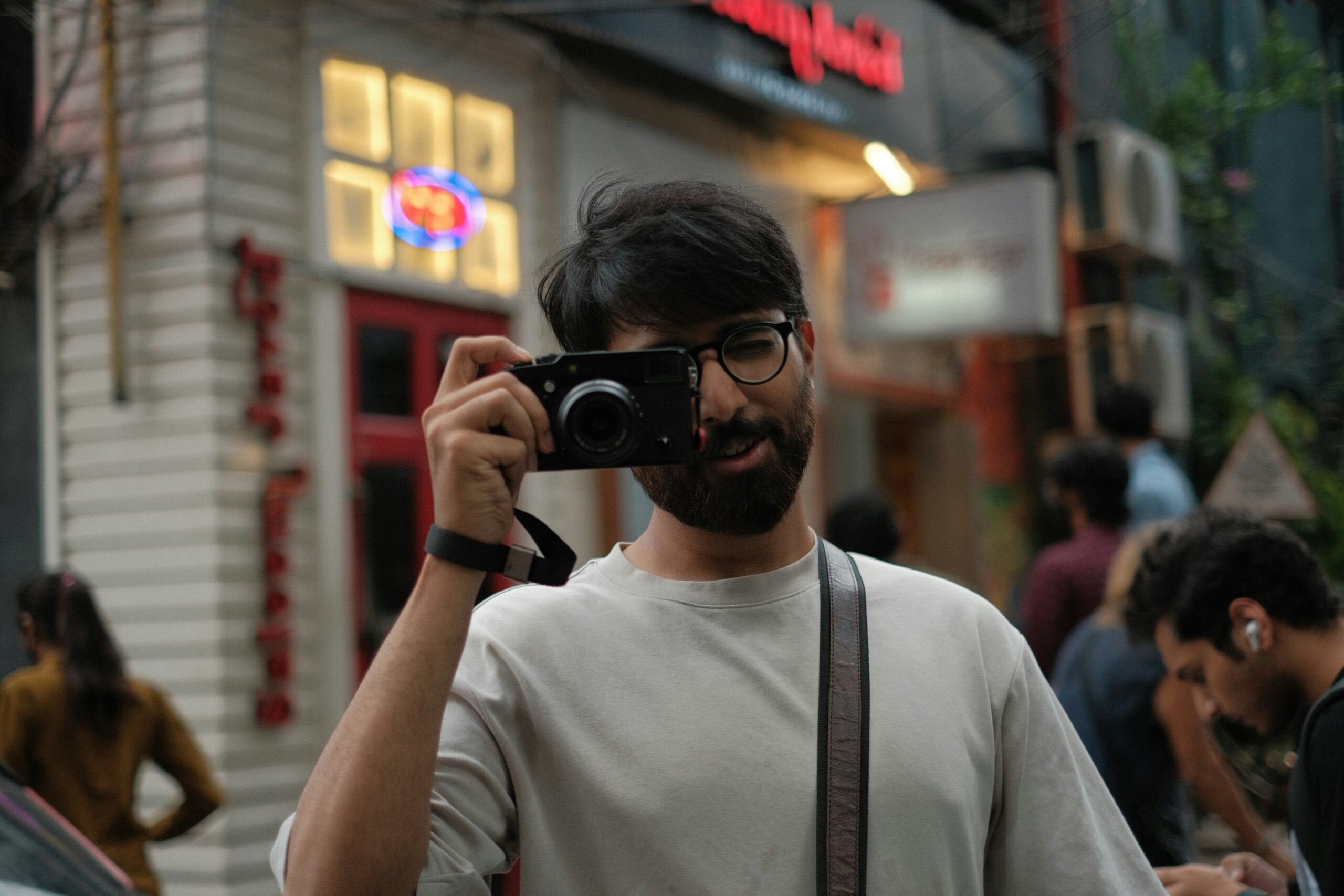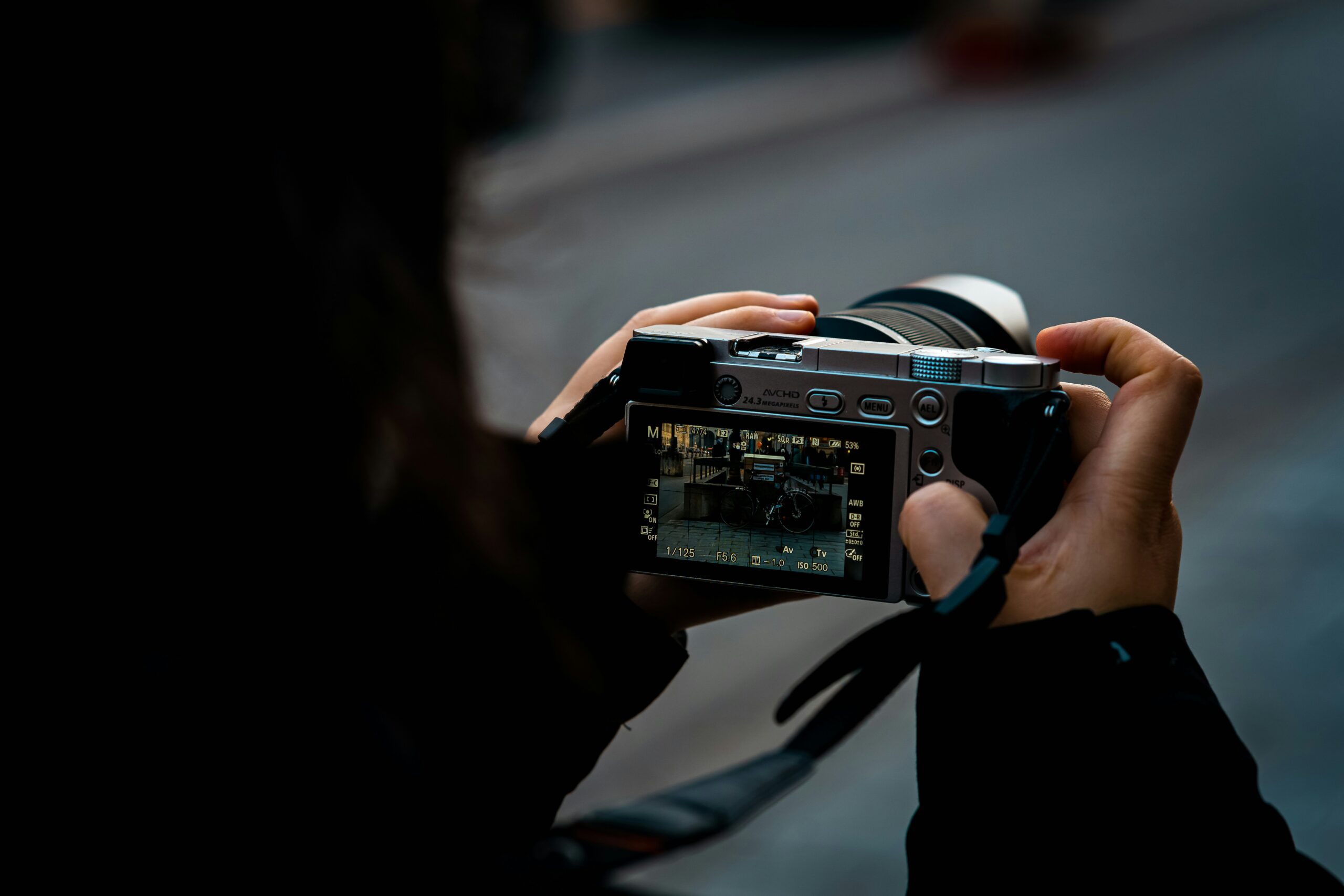When I walk through bustling city streets with my camera in hand I always wonder what gear other street photographers are using. Street photography is all about capturing real moments in unpredictable environments so the right camera can make all the difference. Some photographers swear by compact models while others reach for classic rangefinders or the latest mirrorless tech.
Choosing the best camera for street photography isn’t just about image quality—it’s about speed size and how comfortable I feel blending into the crowd. I know that the top choices for street photographers often share a few key features that help them stay ready for anything. Let’s dive into what most street photographers rely on and why these cameras keep popping up in city scenes around the world.
Popular Cameras Among Street Photographers
Street photographers often use cameras that balance portability, discretion, and quick response for unpredictable urban moments. I see consistent trends in the gear choices detailed by professionals and reported by outlets like DPReview and The Phoblographer. Compact mirrorless models and classic rangefinders dominate for their quiet shutters and ability to blend in with the crowd.
Most Common Cameras for Street Photography
I’ve included a table below with models widely favored by street photographers, along with the features that make each one popular. Key entities like sensor size, autofocus speed, and body weight illustrate why these selections consistently appear in the field.
| Camera Model | Sensor Type | Weight (g) | Key Features | Notable Photographers |
| Fujifilm X100V | APS-C CMOS | 478 | Leaf shutter, compact design, silent mode | Tatsuo Suzuki, Rinzi Ruiz |
| Ricoh GR III | APS-C CMOS | 257 | Pocket size, snap focus, minimal controls | Daido Moriyama |
| Leica M10 | Full-frame CMOS | 660 | Manual focus, rangefinder, low profile | Joel Meyerowitz |
| Sony A7C | Full-frame CMOS | 509 | IBIS, fast AF, tilt screen | Alan Schaller |
| Olympus OM-D E-M10 Mark IV | Micro Four Thirds | 383 | Articulating LCD, face detection, small size | Craig Whitehead |
Compact designs let me work unobtrusively in busy streets. Fast autofocus and reliable manual controls are crucial when capturing fleeting expressions or motion. Leaf shutters in models like the Fujifilm X100V ensure quiet operation, helping me avoid attention while shooting.
Popular Lenses for Street Photography
Street photographers I follow prefer versatile prime lenses for sharpness and speed. Fixed focal lengths like 23mm, 28mm, and 35mm prime lenses (examples: Fujinon XF 23mm f/2, Ricoh GR III’s built-in 28mm, Leica 35mm Summicron) ensure a natural perspective and are lightweight for all-day shooting.
| Focal Length (mm) | Aperture Range | Notable Models | Why Favored |
| 23 | f/2 | Fujinon XF 23mm f/2 | Wide angle, compact, sharp |
| 28 | f/2.8 | Ricoh GR III integrated lens | Street classic, discreet |
| 35 | f/2 | Leica Summicron-M 35mm f/2 | Versatile, low-light capability |
Lens selections optimize for speed and low light to suit unpredictable scenes. Wider primes increase context in busy urban spaces.
Camera Gear Use in Urban Casinos
Photography inside casinos follows strict rules, yet I see some street photographers leverage compact cameras for candid crowd shots in urban casino entrances and exteriors. Discreet models like the Ricoh GR III and Fujifilm X100V let photographers capture fleeting interactions without alerting patrons or security, as documented in urban casino street projects.
| Location | Camera Models Used | Reason for Choice |
| Casino Exteriors | Ricoh GR III, X100V | Blends in, fast operation |
| Casino Entrances | iPhone, Sony A7C | Pocketable, fast to deploy |
Compact gear in these spaces reinforces the trend toward subtlety and efficiency in modern street photography.
Key Features Street Photographers Look For
Street photographers prioritize camera features that let them react fast and stay unnoticed in busy environments. I focus on compact form, fast performance, and subtle design when picking gear for unpredictable shots.
Size and Portability
I value lightweight and compact cameras for street photography, since large gear draws attention and slows me down. Popular mirrorless models like the Fujifilm X100V and Ricoh GR III fit in a jacket pocket and weigh less than 300g. Compact bodies help me blend into crowds and move fast between scenes.
| Camera Model | Weight | Dimensions (mm) |
| Fujifilm X100V | 478g | 128x75x53 |
| Ricoh GR III | 257g | 109x62x33 |
| Leica Q2 | 734g | 130x80x92 |
Autofocus and Shutter Speed
Quick autofocus and fast shutter response make a difference when moments unfold with little warning. I rely on cameras that lock focus quickly and allow burst shooting at 8 fps or above. Fast shutter speeds (minimum 1/1000s) and phase-detection AF track moving subjects accurately, even in low light.
| Model | Autofocus Points | Max Shutter Speed | Max Burst Rate |
| Fujifilm X100V | 425 | 1/4000s (Mech.) | 11 fps |
| Sony a7C | 693 | 1/4000s (Mech.) | 10 fps |
| Ricoh GR III | 9 | 1/4000s (Mech.) | 4 fps |
Discreet Design
A minimalist, quiet camera lets me work unnoticed. Silent electronic shutters, blackout-free viewfinders, and subdued branding keep attention away from me. Rangefinders, such as the Leica M10, and compact cameras, like the Ricoh GR III, produce minimal shutter sound. Matte black finishes further reduce visibility on the street.
| Model | Shutter Sound Level | Finish | Viewfinder Type |
| Leica M10 | Very Quiet | Matte Black | Optical |
| Ricoh GR III | Silent Mode | All-Black | LCD Only |
| Fujifilm X100V | Very Quiet | Silver/Black | Hybrid |
Top Camera Models Used in Street Photography
Street photographers consistently rely on models that offer instant readiness, blend discreetly into crowds, and deliver reliable image performance. Manufacturers like Fujifilm, Ricoh, Leica, and Sony produce favored options for diverse shooting styles and environments.
Mirrorless Cameras
Mirrorless cameras dominate modern street photography because they combine fast response, compact bodies, and advanced autofocus. I prefer models like the Fujifilm X100V for its hybrid viewfinder and classic design, Sony α7C for its full-frame sensor in a small chassis, and Canon EOS R6 for its impressive low-light capabilities.
| Model | Sensor Size | Weight (g) | Key Features | Notable Photographers |
| Fujifilm X100V | APS-C | 478 | Hybrid OVF/EVF, 23mm f/2 | Tatsuo Suzuki, Craig Whitehead |
| Sony α7C | Full Frame | 509 | IBIS, compact full-frame | Alan Schaller |
| Canon EOS R6 | Full Frame | 680 | Fast AF, silent shutter | Sean Tucker |
Compact Cameras
Compact cameras offer minimal footprint and silent operation, giving me confidence to shoot candid moments undetected in busy urban locations. Ricoh GR III excels for its pocketable size and sharp 28mm lens, while Fujifilm X70 delivers a wide-angle experience in tight city scenes.
| Model | Sensor Size | Weight (g) | Key Features | Notable Photographers |
| Ricoh GR III | APS-C | 257 | Snap focus, 28mm f/2.8 | Daido Moriyama, Eric Kim |
| Fujifilm X70 | APS-C | 340 | Flip screen, 18.5mm lens | Josh White |
| Panasonic LX100 II | Micro 4/3 | 392 | Fast zoom, compact body | Valerie Jardin |
Film Cameras
Film cameras attract street photographers who prioritize classic aesthetics and manual control. I favor the Leica M6 for its rangefinder system and renowned build, while the Olympus Mju II gains respect for its discreet size.
| Model | Film Format | Weight (g) | Key Features | Notable Photographers |
| Leica M6 | 35mm | 560 | Manual focus, iconic | Joel Meyerowitz, Matt Stuart |
| Olympus Mju II | 35mm | 135 | Auto-focus, weatherproof | Alex Webb |
| Nikon FM2 | 35mm | 540 | Mechanical, durable | Garry Winogrand |
Influential Street Photographers and Their Camera Choices
Notable street photographers often gravitate toward cameras known for reliability, compactness, and unobtrusive use. These preferences reflect both the demands of their work and the distinctive visual style they pursue. My review of widely cited figures demonstrates how camera choice influences results across urban spaces.
Table: Street Photographers and Their Camera Choices
| Photographer | Camera Model | Notable Attributes |
| Henri Cartier-Bresson | Leica M3 (Rangefinder) | Quiet, discreet body, manual focus, robust build |
| Daido Moriyama | Ricoh GR series | Compact, fast operation, high-contrast output |
| Garry Winogrand | Leica M4 (Film) | Classic rangefinder, intuitive, reliable |
| Vivian Maier | Rolleiflex 2.8F (TLR) | Waist-level finder, medium format, subtle presence |
| Joel Meyerowitz | Leica M6 | Versatile, quick handling, precise optics |
| Craig Whitehead | Fujifilm X100V | Digital, compact fixed lens, color rendering |
| Tatsuo Suzuki | Sony α7R III | Fast autofocus, high resolution, dynamic response |
Camera Style Preferences by Influential Street Photographers
- Rangefinder users, like Henri Cartier-Bresson and Joel Meyerowitz, prefer Leicas for quiet shooting and manual controls. These cameras blend easily in crowds, supporting the spontaneous aesthetic that defines classic street work.
- Compact digital shooters, such as Daido Moriyama and Craig Whitehead, choose Ricoh GR or Fujifilm X100V for portability and fast startup. These models fit in a jacket pocket, helping me capture fleeting moments unnoticed.
- Film camera advocates, including Vivian Maier and Garry Winogrand, select medium format or classic 35mm models. The waist-level viewfinder in Rolleiflex, for example, gives a unique perspective on crowded scenes.
Lens Selection and Workflow
Prime lenses with focal lengths such as 28mm or 35mm dominate for flexibility in tight environments. Influential photographers often use fixed focal length lenses for consistent framing and faster operation. For instance, the Ricoh GR III’s integrated 28mm lens and the Leica M3 paired with a 35mm Summicron support rapid, accurate street compositions.
Discreet Shooting in Sensitive Environments
Professional street photographers frequently choose compact, near-silent cameras for venues with strict photography rules, including urban casinos. My observations confirm that Ricoh GR III and Fujifilm X100V excel for such locations due to their silent shutters and minimal form factor. This discretion enables me to document candid human interactions without drawing attention, which is essential in spaces with security concerns.
Table: Camera Feature Emphasis by Top Photographers
| Feature | Example Camera Models | Cited by Photographers |
| Silent Shutter | Ricoh GR III, X100V | Daido Moriyama, Craig Whitehead |
| Quick AF | Sony α7R III, X100V | Tatsuo Suzuki, Craig Whitehead |
| Manual Control | Leica M3, Leica M6 | Henri Cartier-Bresson, Meyerowitz |
| Compact Size | Fujifilm X100V, Ricoh GR | Whitehead, Moriyama |
| Waist-level Finder | Rolleiflex 2.8F | Vivian Maier |
Street photographers select their cameras based on the need to remain unnoticed, the importance of quick operation, and the specific visual outcomes they aim to achieve with each shot. Camera features adopted by these influential figures set enduring standards for efficient urban image-making.
How to Choose the Right Camera for Street Photography
Selecting a camera for street photography depends on a balance between performance, portability, and discretion in urban spaces. I prioritize compact size and a lightweight body so I can move quickly and remain unobtrusive among crowds. Quiet shutters make cameras like the Fujifilm X100V and Ricoh GR III less likely to draw attention, which helps me capture authentic moments without disrupting subjects.
Fast and accurate autofocus ensures I catch fleeting expressions or rapid movements, especially in dynamic city environments. Cameras that offer responsive shutter speeds, as seen in models like the Sony α7C and Canon EOS R6, allow me to freeze decisive moments.
Durability and battery life are critical since street sessions often last for hours. Weather-sealing offers reliability in unpredictable weather, with models like the Fujifilm X-Pro3 and Leica Q2 providing both resistance and robust construction.
Ergonomics also shape my experience—simple controls and intuitive menus help me react quickly. Customizable dials or buttons, found on cameras like the Olympus OM-D E-M5 Mark III, enable faster adjustments without missing key shots.
Prime lenses, especially 23mm, 28mm, or 35mm, give sharp images and let me work in low light. Fixed focal lengths keep my kit light and encourage creative framing.
I review the most relevant technical specs to compare models that favor speed, size, and discretion.
| Camera Model | Weight (g) | Autofocus Speed | Shutter Sound | Weather-Sealed | Notable Feature |
| Fujifilm X100V | 478 | Fast | Silent Leaf | No | Fixed 23mm f/2 lens |
| Ricoh GR III | 257 | Fast | Silent Leaf | No | Compact Pocket Size |
| Leica Q2 | 734 | Fast | Quiet | Yes | Full Frame Sensor |
| Sony α7C | 509 | Very Fast | Quiet | No | Full Frame, Compact |
| Olympus OM-D E-M5 III | 414 | Fast | Quiet | Yes | IBIS, Small Size |
| Canon EOS R6 | 680 | Very Fast | Quiet | Yes | Low-Light Performance |
Street photographers working in sensitive environments, such as urban casinos where security and privacy pose unique challenges, benefit from compact cameras that remain discreet. Small models—like the Ricoh GR III or Fujifilm X70—fit in a pocket and operate almost silently, letting me take candid shots without drawing attention from staff or patrons.
I weigh these camera factors against my workflow and shooting environment, focusing on options that optimize speed, portability, and subtlety for the best street photography experience.
Conclusion
When I’m out on the street with my camera I know that the right gear helps me stay agile and ready for anything. My choice always comes down to what lets me move freely and shoot without drawing attention. Whether you’re drawn to a compact digital or a classic film model the best camera is the one that fits your style and lets you capture those fleeting moments with ease.
Finding what works for you is a personal journey. Once you discover the camera that feels like an extension of your eye you’ll be ready to capture the world as it unfolds around you.




